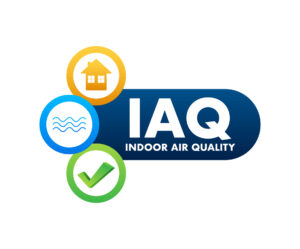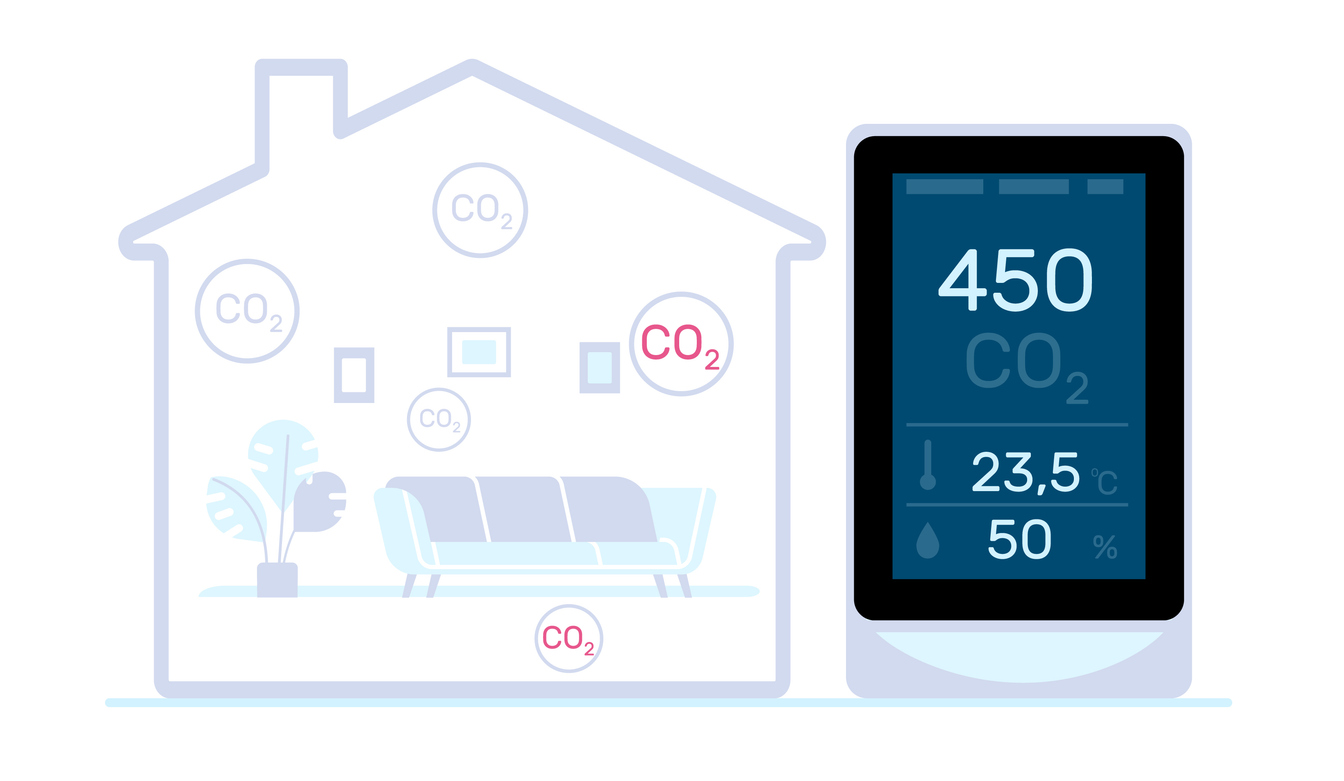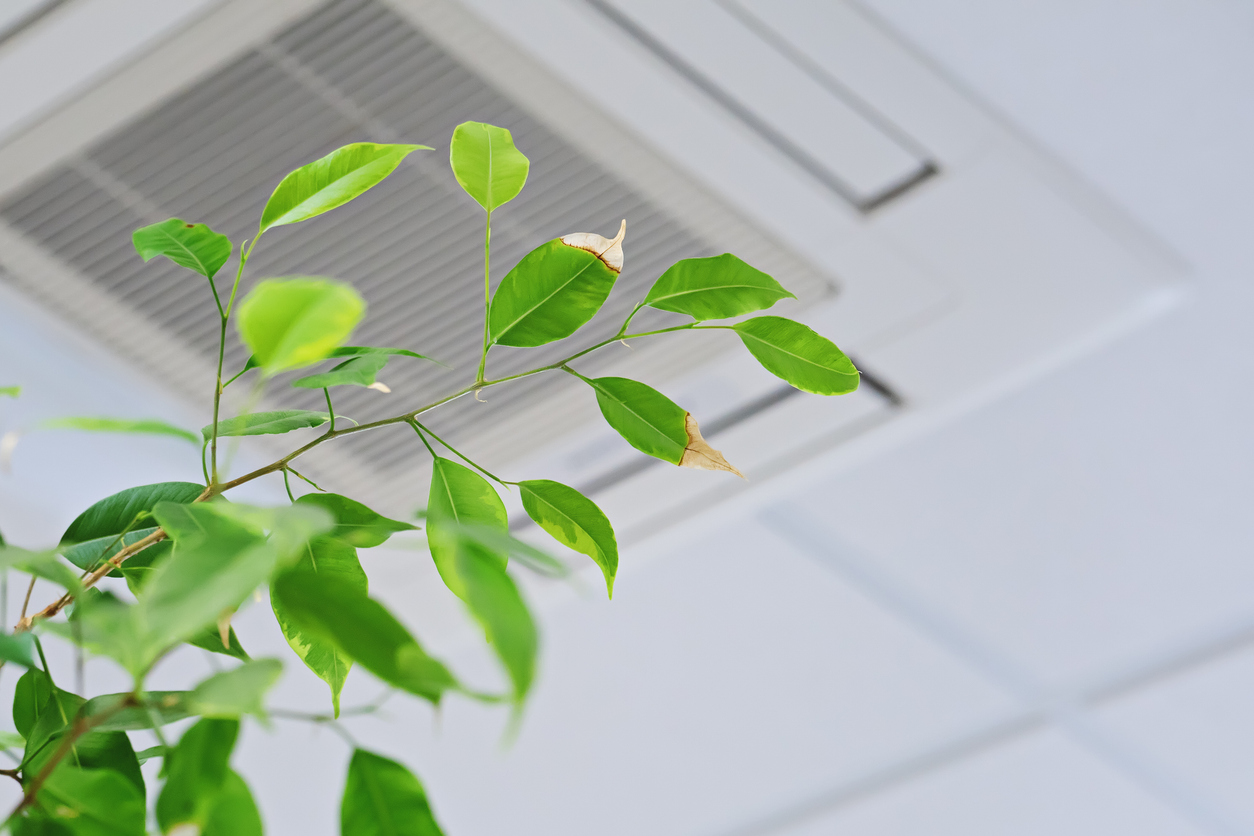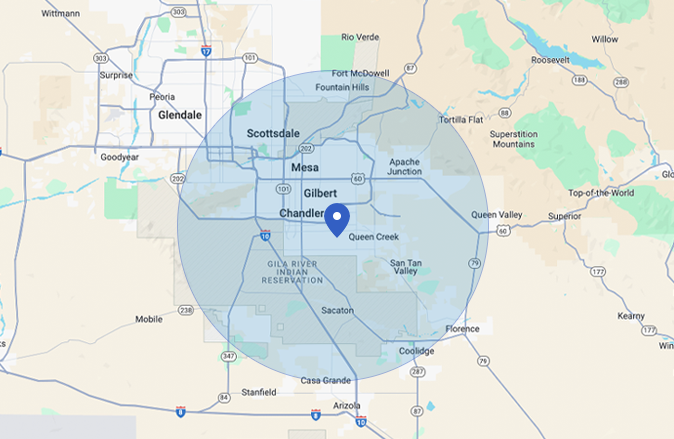
optimal indoor air quality is essential for the health and comfort of both you and your family. Whether you're concerned about allergens, pollutants, or humidity levels, this comprehensive guide will help you understand the tools and strategies you need to ensure the air in your home is clean and safe.
Table of Contents
- Indoor Air Quality Monitor Buyer’s Guide
- The Importance of Indoor Air Quality
- Common Indoor Air Pollutants
- Air Quality Monitors: Your First Line of Defense
- Other Indoor Air Quality Products
- Guide to Indoor Air Quality
- Conclusion
The Importance of Indoor Air Quality
Indoor air quality (IAQ) affects everything from respiratory health to how comfortable it is to live inside your home.
Poor IAQ can lead to issues like:
- Allergies
- Asthma
- Other respiratory conditions
On the other hand, good IAQ can:
- Improve sleep
- Improve productivity
- Enhance overall well-being
Common Indoor Air Pollutants
Understanding common indoor air pollutants is the first step towards improving your home’s air quality:
- Particulate Matter (PM2.5 and PM10): Tiny particles from dust, smoke, and pollutants that can penetrate deep into the lungs and even enter the bloodstream.
- Volatile Organic Compounds (VOCs): Emitted from paints, household cleaners, and new furniture. Prolonged exposure can lead to headaches, nausea, and severe health issues.
- Carbon Dioxide (CO2): High levels, typically caused by poor ventilation, can cause headaches and fatigue.
- Carbon Monoxide (CO): A potentially deadly gas that requires dedicated CO detectors for reliable monitoring.
- Nitrogen Dioxide (NO2) and Ozone (O3): Gasses that can aggravate respiratory diseases and reduce lung function.
- Radon: A radioactive gas that can seep into homes and is a leading cause of lung cancer.
Air Quality Monitors: Your First Line of Defense

Before you begin addressing your home climate issues, you need to be able to identify them. Investing in air quality monitors, also known as indoor air quality testers, will help you accomplish this.
What To Look For in an Air Quality Monitor
When choosing an air quality monitor, focus on these key features:
- Pollutant Detection: At a minimum, ensure the IAQ monitor you are considering measures CO, CO2, PM2.5, and VOCs, as these pollutants pose serious health risks.
- Digital Display: Real-time local air quality readings and historical data tracking are crucial for monitoring and addressing trends.
- Connectivity: WiFi-enabled models allow for smartphone integration and automation with other smart devices, like air purifiers that switch on when IAQ deteriorates.
- Ease of Use: Look for user-friendly controls and clear displays to make maintaining your home’s IAQ as simple as possible.
Other Indoor Air Quality Products
Consider investing in these types of technologies to improve your indoor air quality and prevent IAQ issues from returning.
Air Purifiers
Air purifiers are essential for removing airborne pollutants. Consider these types:
- HEPA Filters: Capture 99.97% of particles as small as 0.3 microns, including dust, pollen, and smoke.
- Activated Carbon Filters: Absorb VOCs, odors, and gasses.
- UV-C Light Purifiers: Use ultraviolet light to kill bacteria and viruses.
An IAQ expert from Wolfgangs will help you select the best type of air purification system based on your home’s needs.
Humidifiers and Dehumidifiers
Maintaining proper humidity levels in your home is crucial for the comfort and health of its occupants.
Types of Humidifiers
- Cool Mist Humidifiers: Efficiently add moisture and are safer for children’s rooms.
- Warm Mist Humidifiers: Boil water to create steam, adding both warmth and humidity.
- Ultrasonic Humidifiers: Use vibrations to produce a fine mist and are often quieter than other types.
- Evaporative Humidifiers: Add moisture to the air by blowing air through a moistened wick.
Types of Dehumidifiers
- Compressor Dehumidifiers: Efficiently remove moisture from the air, ideal for warmer climates.
- Desiccant Dehumidifiers: Use a moisture-absorbing material, effective in cooler temperatures.
- Whole-House Dehumidifiers: Integrated into your HVAC system to control humidity throughout the entire home.
Ventilation Improvements
The following simple adjustments will ensure your indoor air quality investments perform as well as possible.
- Regularly Clean HVAC Systems: Ensure your heating, ventilation, and air conditioning systems are free of dust and mold.
- Use Exhaust Fans: Remove excess moisture and pollutants in kitchens and bathrooms.
- Open Windows: Allow fresh air to circulate.
Guide to Indoor Air Quality

Aside from investing in an air quality monitoring system, consider these other effective ways to improve indoor air quality on a budget.
Regular Cleaning
Maintaining a clean home is one of the simplest ways to improve indoor air quality. Dust, vacuum, and mop floors regularly to remove allergens and pollutants. Don’t forget to clean carpets and rugs, as they can trap dust mites and allergens.
Use Natural Cleaning Products
Many conventional cleaning products contain VOCs that can pollute indoor air. Opt for natural or homemade cleaning solutions to limit the emission of harmful chemicals.
Avoid Synthetic Fragrances
Many air fresheners and scented candles contain synthetic fragrances that can release harmful chemicals. Instead, use essential oils or natural alternatives to freshen your home’s indoor environment.
Houseplants
Certain houseplants can address poor indoor air quality by absorbing pollutants and releasing clean oxygen. Consider adding plants like spider plants, peace lilies, and Boston ferns to your home.
Conclusion
Maintaining good indoor air quality requires a multi-faceted approach. By understanding the different tools and techniques available for monitoring and improving your IAQ, you can create a healthier and more comfortable living environment.
For personalized assistance and more information, contact Wolfgangs Cooling, Heating & Plumbing at (928) 767-8905. Our experts are ready to help you with all your indoor air quality needs.








